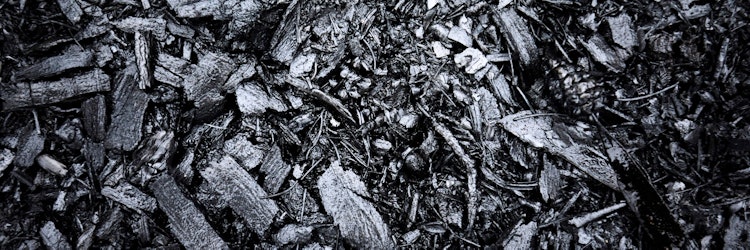October 14, 2020

As smoke drifts across the entire U.S. from a very active wildfire season creating some apocalyptic-looking sunsets, more than 30,000 firefighters remain engaged in a relentless battle to save lives and structures. According to the National Interagency Fire Center (NIFC) as of mid-September 2020, over $1.9 billion has been spent on suppression costs, with over 7,400 structures lost and 36 fatalities. The cost to the insurance industry for claims related to losses of structures, agricultural, timber, and minerals—not to mention the economic impact losses—will certainly amount to billions of dollars in addition to suppression costs.
As the claims process begins in the aftermath of these wildfires, determining the origin and cause of the fires becomes critical. Many think that a wildfire destroys the evidence of its origination; however, the opposite is true. As a wildfire burns, it creates fire-pattern indicators on rocks, trees, unburned objects, and grass, which aids in origin determination.
Before attempting to determine the cause, wildfire investigators must first determine the origin area of the fire. This is done via a systematic approach using approximately 11 proven fire-pattern indicators which will, hopefully, reveal an ignition area and point of origin can be determined. Weather reports as well as witness interviews also play an important role in origin determination.
Some wildfire investigators incorporate the use of drone photography and lidar analysis to assist in origin determination. Most wildfire investigators use different colored flagging as a tool to depict advancing, lateral, and backing movements of the wildfire. Once a specific origin area has been identified, a meticulous and detailed grid search—often done on one’s hands and knees using magnets and magnifying glasses—is performed to determine an ignition area and cause.
Wildfire investigation involves a different methodology then what is used in structure fires. In many cases, the wildfire investigator progresses from the areas of most damage to the areas of less damage, which is the opposite of structure fire investigation. Early engagement of a qualified wildfire investigator can assist with origin-and-cause determination, which will serve as a useful tool for everyone involved in the claims and subrogation process.